The Altamira Cave, located in Santillana del Mar (Cantabria) and very close to the route of the Camino del Norte, is one of the most important archaeological sites in the world. Often referred to as the “Sistine Chapel of cave art”, it houses a unique set of prehistoric paintings renowned for their artistic quality, state of preservation, and immense historical and cultural value.
This site is part of the National Museum and Research Centre of Altamira, the institution responsible for its conservation, research, and visitor management, due to the extraordinary fragility of the cave. Before explaining how it can be visited today, it is essential to understand its history, its discovery, and the importance of the legacy it preserves.
Human occupation of the Altamira Cave
Archaeological research carried out in the cave’s vestibule has documented different phases of human occupation during the Upper Palaeolithic. The excavated levels range approximately from the end of the Gravettian (around 26,400–26,000 BP, that is, approximately 24,450–24,050 BC), through the Solutrean (24,000–20,500 BP, approx. 22,050–18,550 BC), to the Magdalenian (19,000–16,800 BP, approx. 17,050–14,850 BC).
For thousands of years, groups of hunter-gatherers used this space both as a shelter and as a place of symbolic expression. The cave art of Altamira was not created at a single moment in time, but over different phases, which explains the diversity of techniques, styles, and motifs represented.
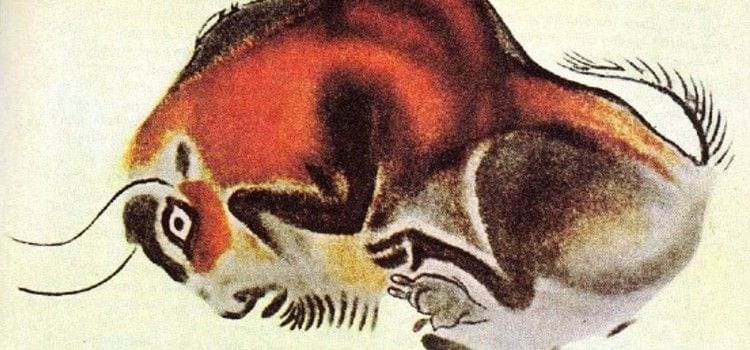
Bison painting
What does BP mean and why is it used in archaeology?
In archaeological and prehistoric studies, it is common to use the abbreviation BP, which stands for “Before Present”. By scientific convention, the “present” is fixed at the year 1950. For example:
- 20,000 BP means 20,000 years before 1950, that is, approximately 18,050 BC
- 16,800 BP corresponds approximately to 14,850 BC
This system is used because it is more precise for scientific dating, especially those carried out using carbon-14, and it avoids cultural or religious references. In this article, both formats (BP and BC) are shown to make the information easier to understand for the general reader.
The discovery of the Altamira Cave
The discovery of the cave dates back to 1868, when Modesto Cubillas, a local resident, accidentally found its entrance. Years later, he informed Marcelino Sanz de Sautuola, a local landowner with an interest in prehistory, who began to explore it systematically in 1875.
The decisive discovery occurred in 1879, when Sautuola visited the cave accompanied by his daughter María. While her father was excavating in the vestibule, the girl ventured deeper into the cave and, looking up at the ceiling, spotted the famous polychrome bison painted on the vault. That moment marked a turning point in the history of prehistoric art.
The controversy and scientific recognition
When Sautuola presented his conclusions in 1880, defending the prehistoric origin of the paintings, the scientific community reacted with scepticism. At the time, it was believed that Palaeolithic humans lacked the artistic ability to create such complex works.
Recognition came after the discovery of other cave art sites in France, such as La Mouthe, Les Combarelles and Font-de-Gaume, which confirmed the existence of similar Palaeolithic art. Eventually, the authenticity of Altamira was accepted and its universal value recognised.
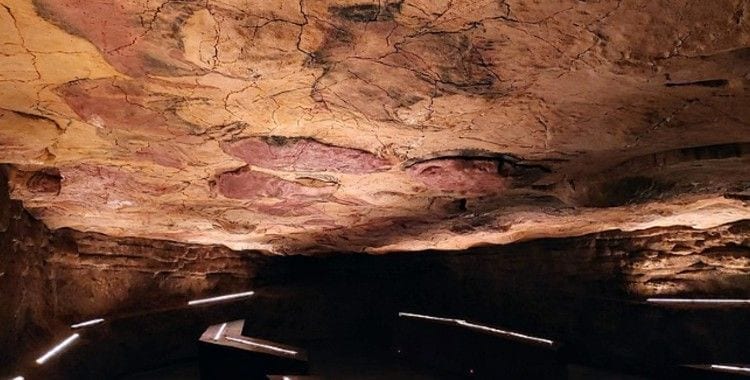
Main hall of Altamira
In 1985, the Altamira Cave was declared a UNESCO World Heritage Site, a designation that was later extended to include the group of Palaeolithic cave art sites in northern Spain.
The cave and its rock art
The Altamira Cave has an approximate length of 300 metres, with a main gallery and several branches. The most famous area is the Hall of the Polychromes, located deep inside the cave, far from natural light.
The celebrated polychrome bison were created using natural pigments such as iron oxides, charcoal, and other minerals, mixed with water or animal fat. The artists skilfully took advantage of the natural contours of the rock to create volume, movement, and a striking sense of realism.
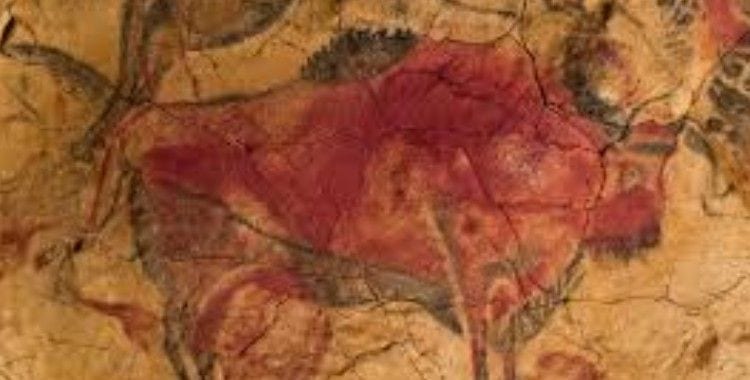
Original bison of Altamira
To illuminate the interior of the cave, animal-fat lamps were used, demonstrating remarkable technical knowledge. In addition to animals such as bison, deer, and horses, the ensemble includes abstract signs, engravings, and monochrome paintings that continue to be studied today.
How to visit the Altamira Cave today
To ensure its preservation, the original Altamira Cave is not generally open to the public. Instead, visitors can explore the Neocave, a faithful replica integrated into the Altamira Museum, which allows the artistic ensemble to be understood in conditions very similar to the original ones.
Exceptionally, there is a programme of restricted access to the original cave, limited to a maximum of five people per week. The visit lasts approximately 37 minutes and is carried out with specific protective clothing and under strict environmental control. Photography is not permitted.
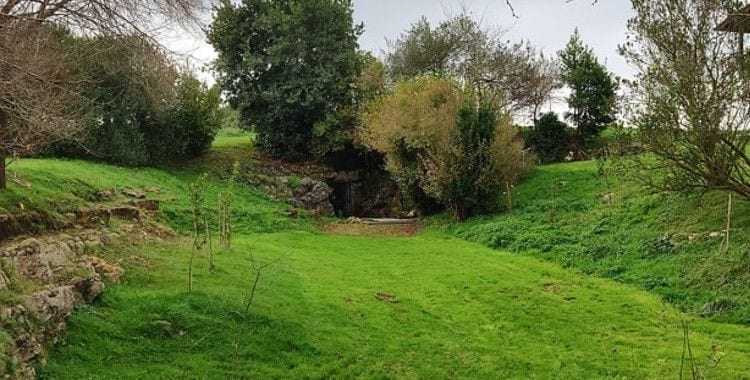
Entrance to the Altamira Cave
Access is usually organised through an on-site selection or draw among museum visitors, although this procedure may vary, so it is always advisable to check the most up-to-date official information.
The Altamira Museum is closed every Monday of the year (except on certain public holidays), and ticket sales end 30 minutes before closing time.
Altamira and the Camino del Norte
For those walking the Camino del Norte, visiting the Altamira Cave is an essential cultural stop. Santillana del Mar is also one of the best-preserved medieval towns in Spain, making this stage a perfect combination of history, art, and spiritual experience.

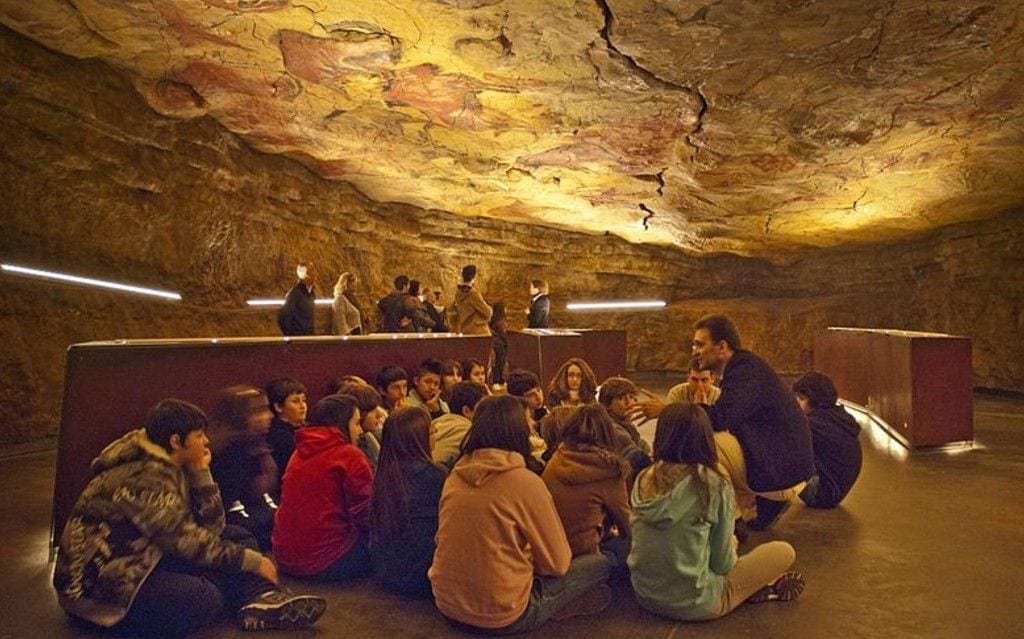










Leave A Comment